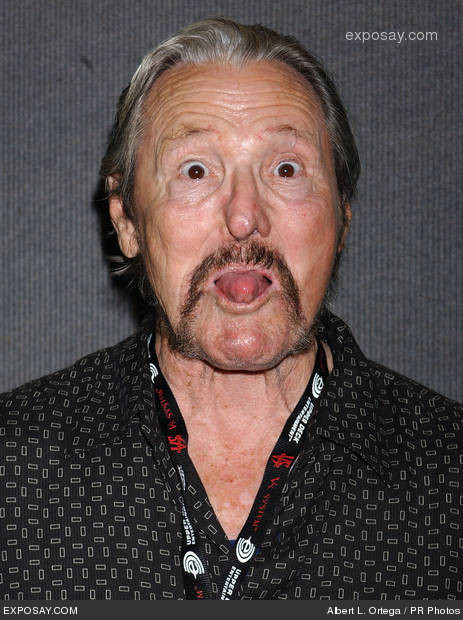

Dyer approaches Robeson as a "crossover" star whose achievements in academics, sports, music, the theatrical stage, and the cinema as well as his appeal for both black and white audiences make him a figure of social significance (64). The poses of the two men at these moments are strikingly similar, but the ways in which they are discussed diverge around issues of the black male body, the independent agency of the actors, and the reception that they engender.

Seventy-eight years later, another African American star, Will Smith, appears in the science-fiction film I, Robot (2004) and, in a scene that often dominates the discourse surrounding the film, appears nude in the shower. His reading of the photo finds an "analogy of this visual treatment of Robeson with that of women" and argues that any potential eroticism of the star is made "ambivalent" by its alignment with "the classical nude" (Dyer 115).

In "Crossing Over," his study of the star text of African American singer/performer Paul Robeson, Richard Dyer includes a black-and-white nude photograph of the actor taken in 1926.


 0 kommentar(er)
0 kommentar(er)
